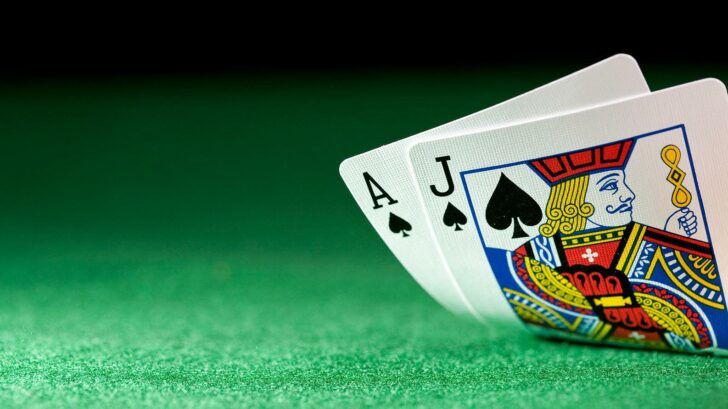Poker Face Beats Poker Arm – Hands Down


Stanford poker
A poker face will keep your bluff safe, but your arms can still give you away.
It is well know even among non-players that keeping a straight face regardless of the cards held is an important part of a poker player’s arsenal of smart strategies. The more professional a player, the more likely it is that their face will not betray the quality of the hand dealt to them.
Scientists have now uncovered another telltale body signal, which players should look for in their opponents, while keeping their own under control.
According to a fresh Stanford University study published by the Association for Psychological Science, although poker players – just like any human being – are used to looking at another person’s face to glean primary information about that person’s state of mind, they ought to look at the opponent’s arms during a game.
The research in question was based on the premise that a bad hand raises a player’s anxiety level, which in turn disrupts smooth body movements. Considering that players are seated and they keep their facial expressions under control, the only body parts which may display movement are the arms and the legs.
Since the latter would be somewhat awkward to observe, the arms remain the only indicators of a participant’s momentary mood. Unsurprisingly, the ability to read these signs increases with a person’s aptitude for the game.
(Needless to say, this scientific revelation still doesn’t help winning at Blackjack or any other card games where players compete against the house and not each other.)
To prove the theory, researcher Michael Slepian showed twenty brief video clips to volunteers. The clips, less than 2 seconds long each, showed poker pros during the 2009 World Series of Poker, just as they were placing their bets.
Some clips showed the whole body, others were shots of faces or arms. Participants in the experiment were asked to evaluate the supposed strength of the hands held by those players.
The outcome was very interesting, though fully in line with expectations. Those who were shown only facial shots fared worse than chance, providing evidence that a poker face is indeed a powerful tool for deception.
Those volunteers who could see the whole player didn’t do any worse – or better – than a blind guess.
Now, those who were subjected to arm-only clips fared better than justified by pure luck. Those among them who had some poker playing experience made even more accurate estimates. Moreover, when asked to rate confidence and smoothness instead of the estimated card strength, volunteers did an even better job.
This experiment appears to be a clear indication that confidence in one’s hand, as well as the lack of it, translates directly into body signals that can be read by a perceptive opponent. Since experienced law enforcement officials usually rely on body language observations when interrogating suspects, it wouldn’t be surprising to find out that poker champions do the same during their matches.
Of course this also means that the difference between playing in a casino and online cancels out this advantage, allowing a greater reliance on pure card strategy by everyone involved.




